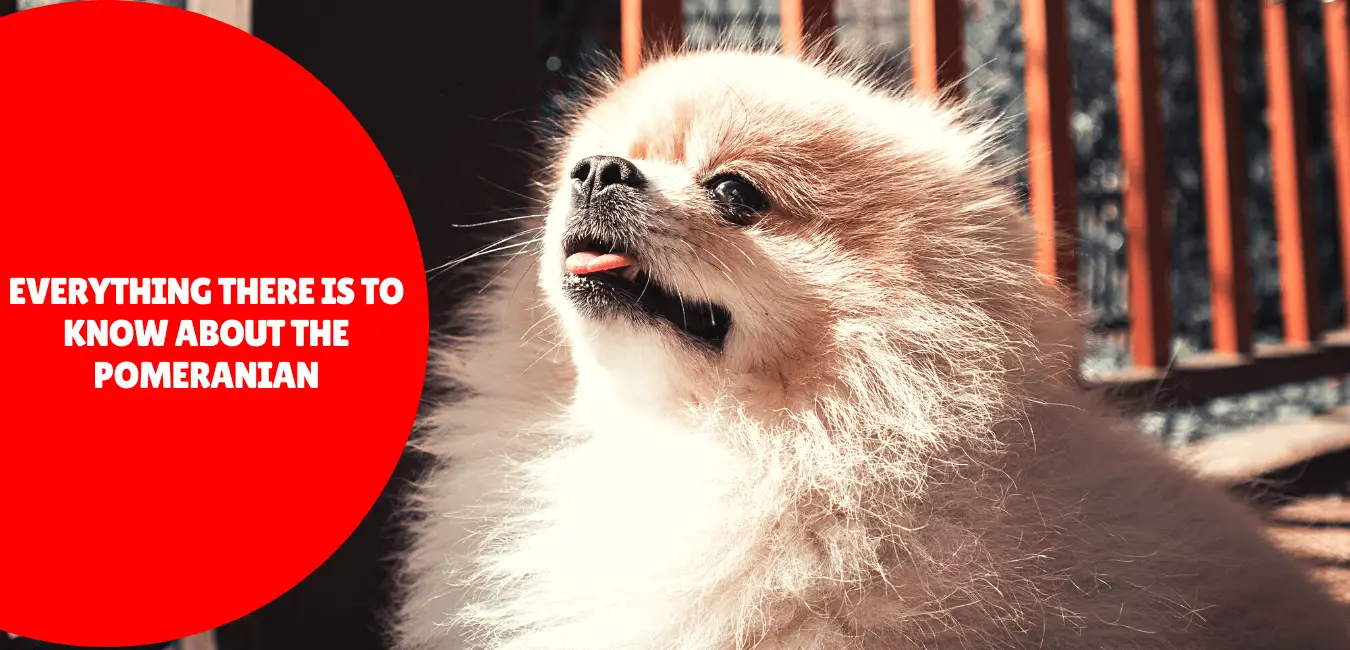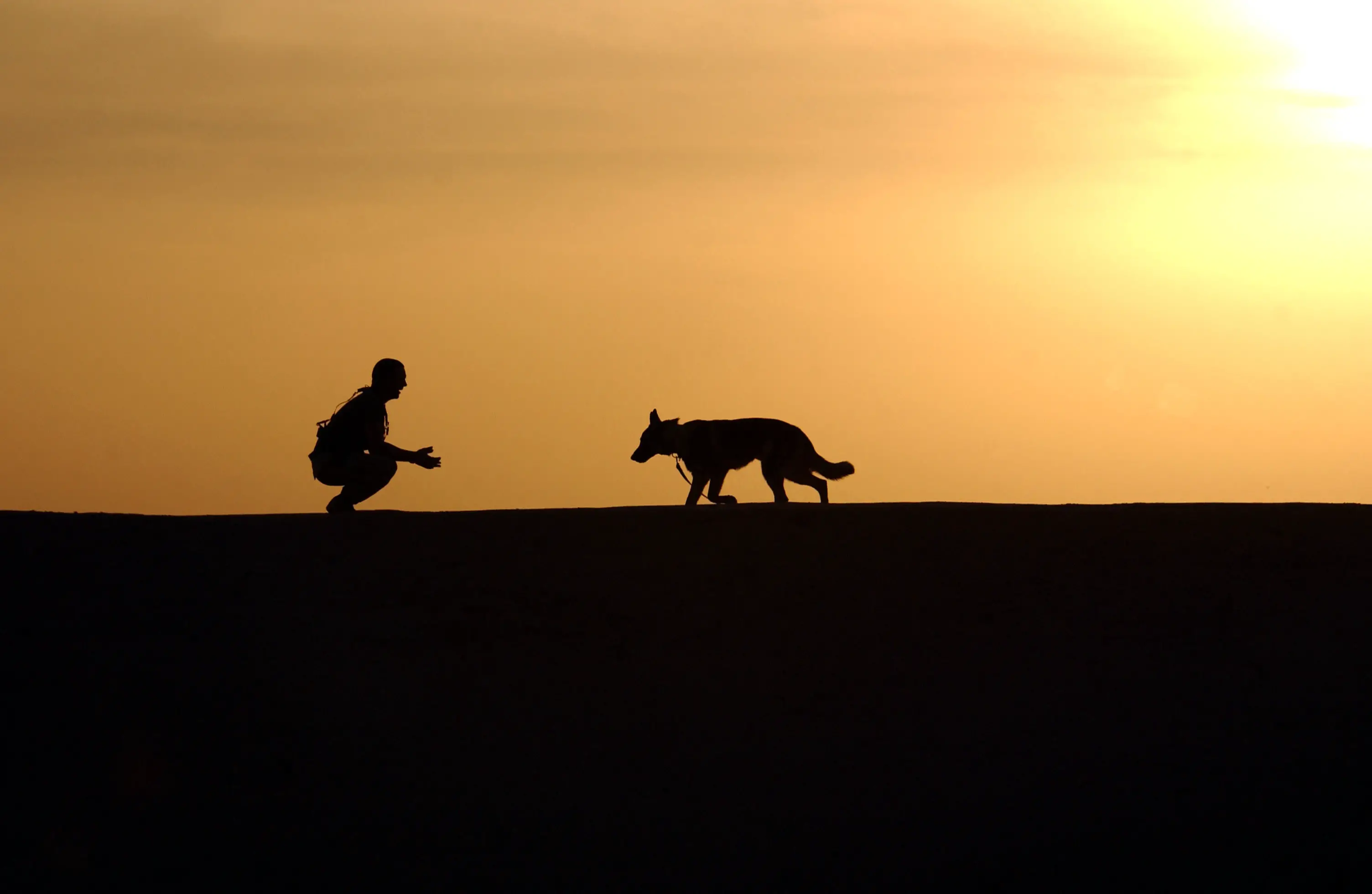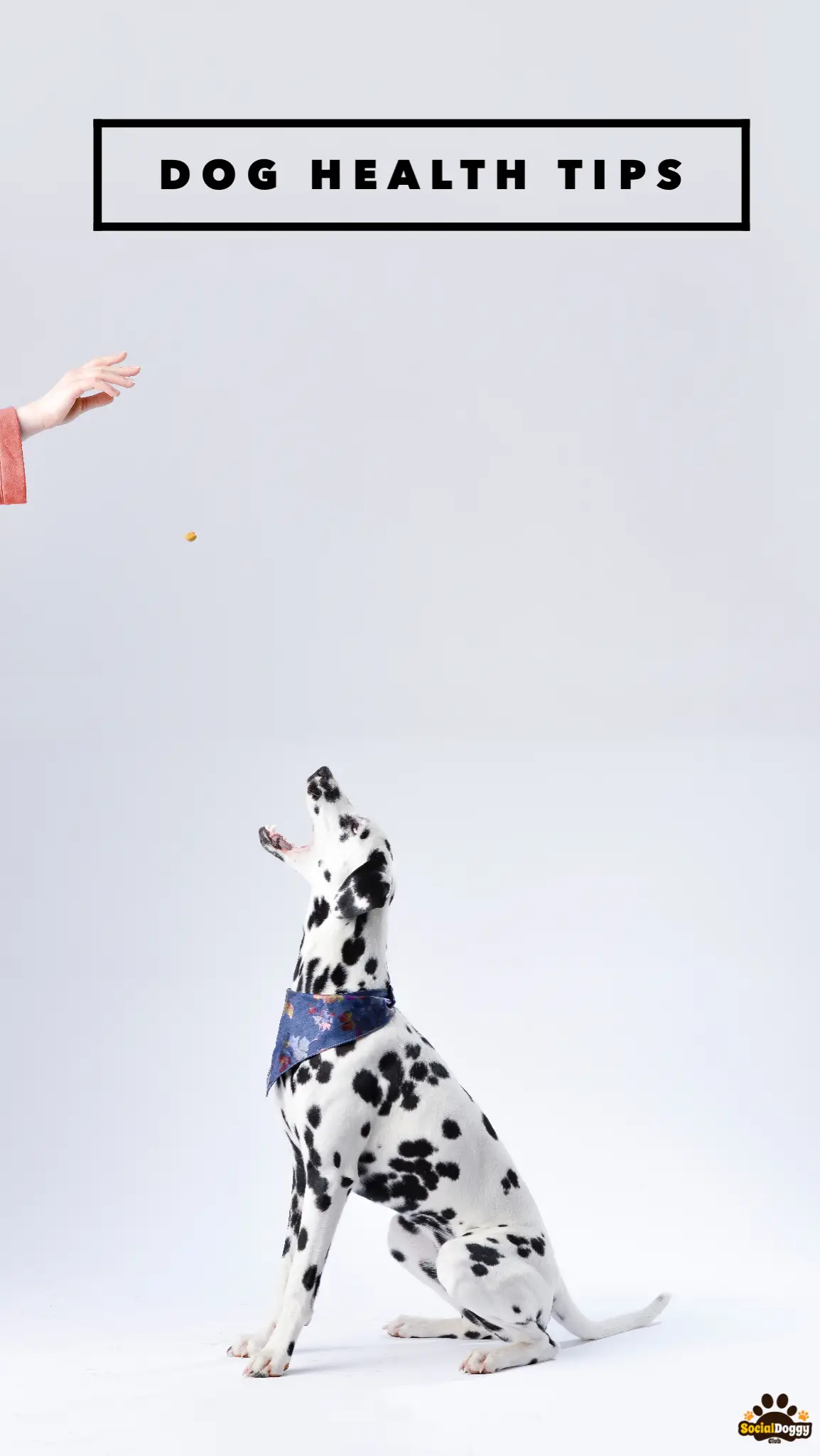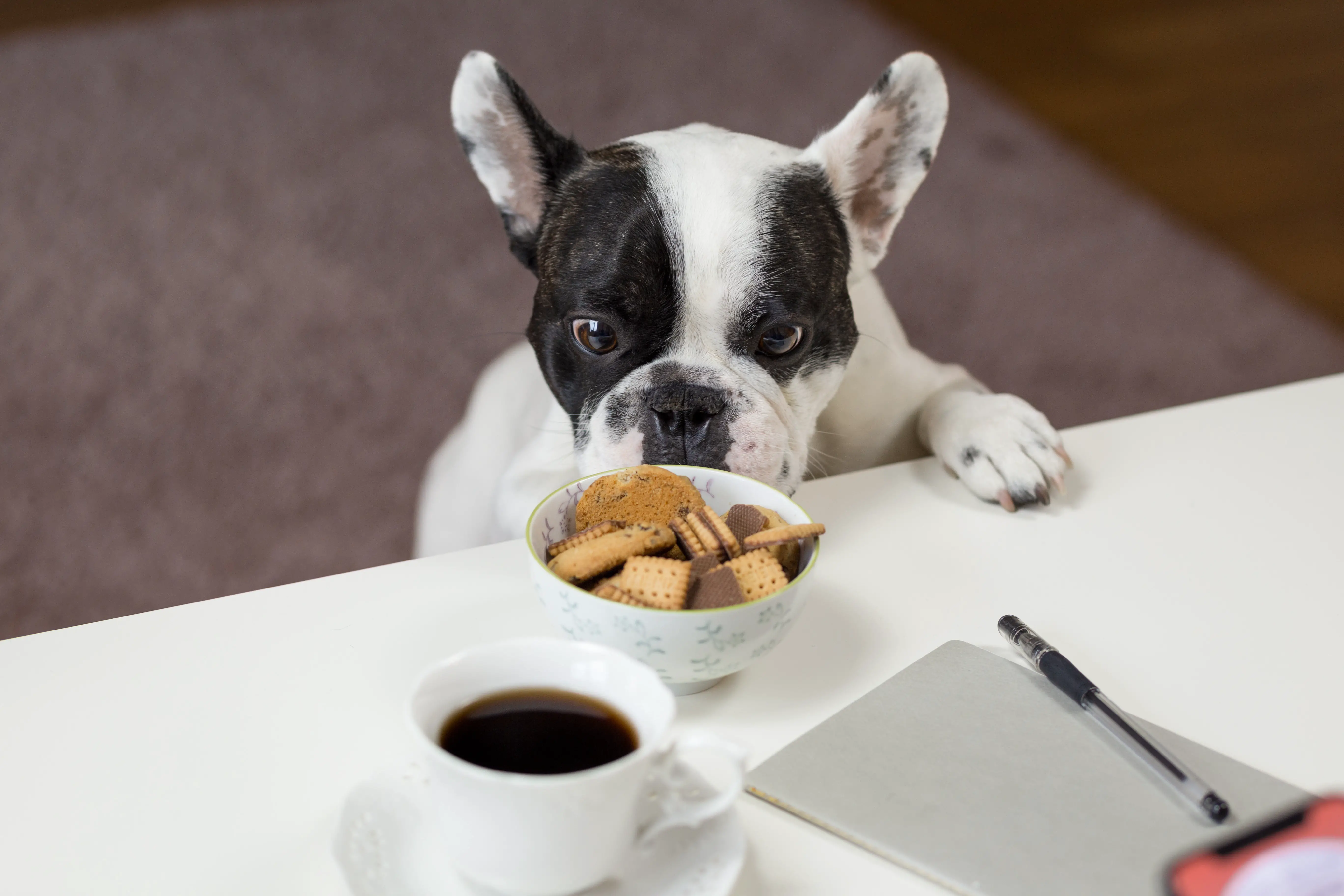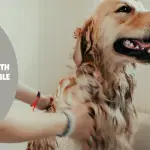Because of their small stature and adorable appearance, the Pomeranian, which is also known as the German dwarf Spitz, is one of the more popular dog breeds across the world. If you’re considering getting one or already have one, we’ll tell you everything you need to know about its characteristics and how to care for it.
Contents
History Of the Pomeranian
Poms get their name from the German province of Pomerania. The original specimens were substantially larger than the current Pomeranian. They were mostly utilized as livestock dogs. They controlled cattle, deer, and sheep. Their original name was Wolf Spitz, which literally translates to “wolf of Spitz.” However, they are commonly referred to as Zwergspitz, Dwarf Spitz, Loulou, or Pom. They gained popularity as the favorite dog of rich women in ancient Greece and later in Rome. Despite the fact that the Pomeranian is commonly referred to as a “Spitz dog” or a “Spitz dwarf”, the official name still remains to be wolf Spitz.
Pomeranian Features
Unlike the original Pomeranian type, which weighs between 12 and 14 pounds, the current breed standard is between 3 and 7 pounds. As a result, they are toy or miniature dogs, as we previously indicated. Their coat is quite long and silky, so brushing them on a regular basis is vital. The puppy cut is particularly fashionable at the moment.
They have a charming look with this short haircut. Many people also say that their coat doesn’t cause allergies, implying that the breed is hyperallergenic. The suitable colors of this breed are primarily black, brown, white, orange, and grayish, with other colors being included. The wide range of colors is quite captivating. Their demeanor is vibrant and amusing. They have brown eyes that are medium in size and somewhat slanting. Their ears are triangular and tiny. The snout is proportionate to the skull because it is neither too long nor too flat, and it is neither too thick nor too pointed.
Characteristics of the Pomeranian
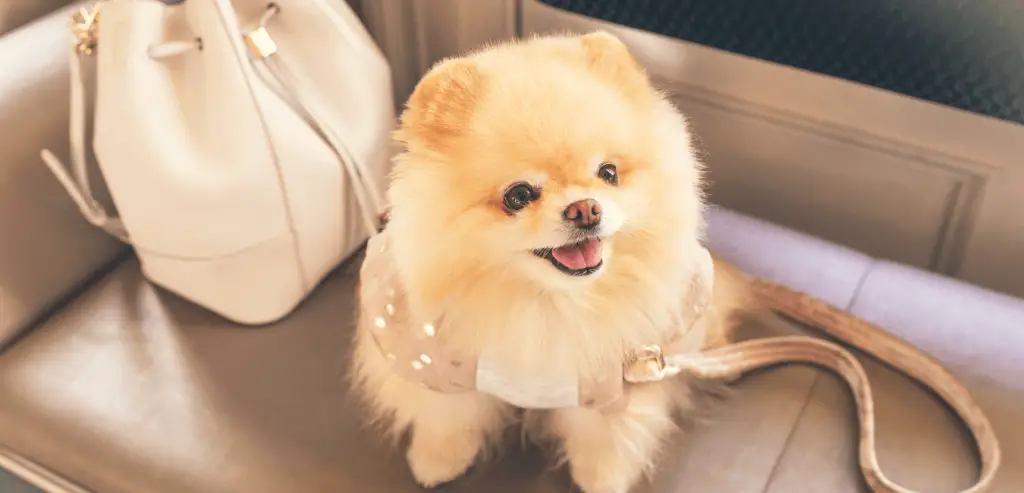
The Pomeranian has long since shed its cattle dog tendencies. They are now incredibly affectionate lap dogs who despise loneliness and lack of affection. They’re also vigilant, intelligent, and a little curious. The Pomeranian is an excellent dog for a variety of households, but you must be clear on one thing before getting one; is that they will want continual attention and time from you. We should also mention that the Pomeranian can be very loud and bark a lot at times, so be prepared.
Over the last few generations, their attitudes toward children have shifted dramatically. They were once thought to be undesirable for children because they get irritated when children pulled their tails or hair. They had a tendency to respond aggressively at times. Currently, the Pomeranian dog is more friendly, quiet, and patient, but it is important to teach children how to treat them for a pleasant interaction. Always in a positive light, and never with the intention of harming them. When the dog grunts, you should respect them and leave them alone. Grunting is a perfectly normal and habitual method of communication that can assist us in avoiding any undesired incidents.
How to Care for a Pomeranian
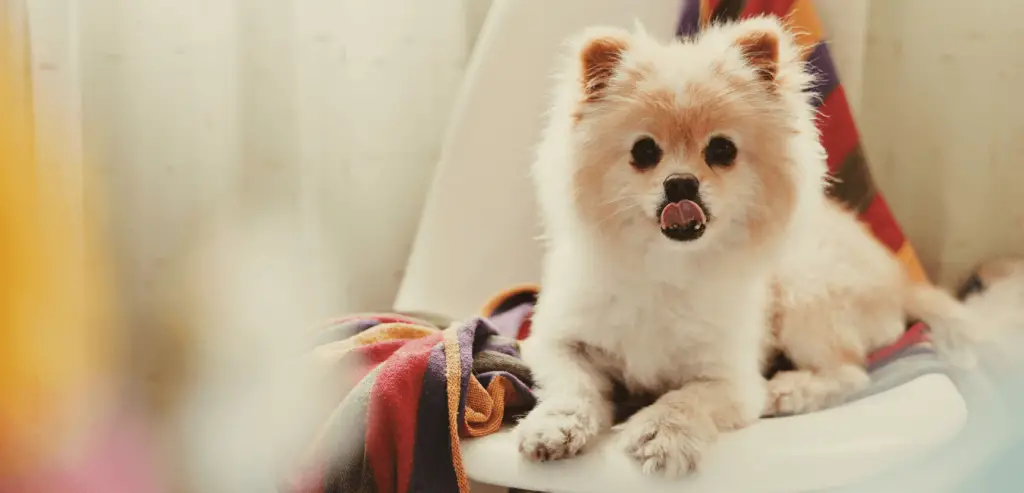
Pomeranians do not require special care; simply brush them on a regular basis to remove dirt and keep knots from forming in their coat. We must also be attentive around their eyes, cleaning any discharge. They should be brushed every day when shedding. We must also stress the importance of protecting them from the cold, especially if they are trembling. You need to get them a sweater whenever they go for a walk.
Training a Pomeranian
The Pomeranian, like most tiny dogs, is usually energetic and requires two to three walks each day, as well as games, to keep their minds busy and give them exercise. The Pomeranian is a breed of dog that is recognized for its intelligence. So much so that they can get spoiled at times. Before adopting them, we must be firm in their training and education and establish some guidelines. Whether or not to let them sit on the sofa, when and where to eat, and so on. A consistent daily routine will be critical in making your Pomeranian feel at ease at home.
During the puppy stage, we must actively practice socialization, which is the process of teaching your dog how to interact with people, dogs, cats, and other objects. Everything they learn in this process that is positive will benefit them in maturity. When the dog reaches youth, begin teaching them basic obedience with positive reinforcement. Teaching your dog to sit, come here, lie down, or stand still is essential for their safety. This will also help to improve your bond as dog and owner. You may later teach your Pomeranian complex commands and tricks. You will have no trouble teaching them due to their intellect.
Health of a Pomeranian
Unless they get too dirty, a bath every month or two will suffice. It’s also important to clean the discharge around their eyes every day, examine their nails for length, and keep an eye on their ears. Because the Pomeranian is prone to dental problems, it is essential that you brush their teeth and practice dental hygiene as needed.

